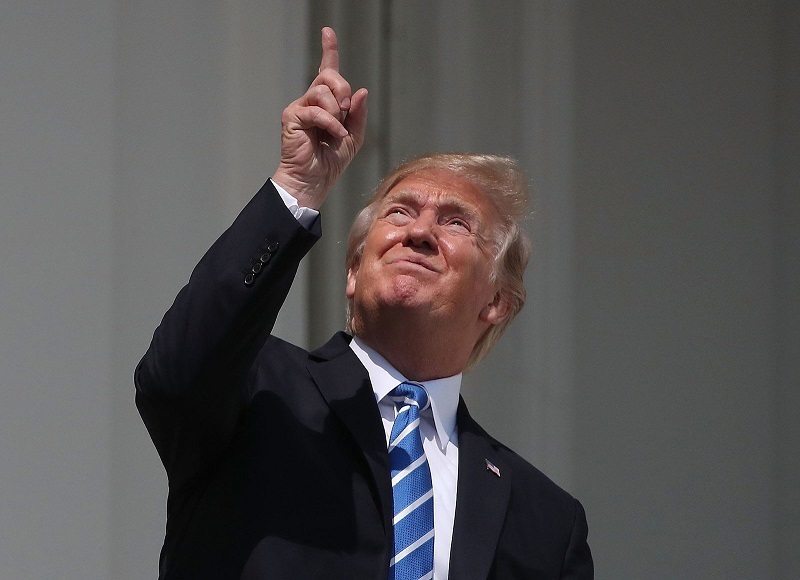This will be an annular eclipse, meaning the moon will be too distant from Earth to fully block out the sun. Instead, the moon will block out 90.7% of the sun's disk from the perspective of those along the path of greatest eclipse, the yellow path on the above map. The remaining 9.3% of the sun's disk will be visible around the moon in an annulus shape- a ring of non-zero thickness. Hence why it's called an annular eclipse.
Outside of the path of greatest eclipse, the vast majority of both American continents will see at least a partial eclipse. You can use the orange paths to estimate maximum solar obscuration from your area. The time of maximum eclipse is at 1:59pm EDT.
Remember not to ever look directly at the sun without proper eye protection, not even during an eclipse! In the absence of proper protection, the best way to observe the eclipse is to watch the shadows left on the ground by leaves on a tree. You'll see many small projections corresponding to the uncovered area of the sun. Along the path of greatest eclipse at the time of maximum obscuration, you'll see rings. Otherwise, you'll see crescents.
To be clear, there is no totality in this eclipse. In this case the yellow line isn't the path of totality, it's the path of maximum eclipse.
But yeah, I'm also pretty close to it! I'm near the 80% line. Here's hoping it won't be cloudy.
I edited my comment I misread. I'll be even closer to the April one so I'm hyped.
Yeah, the United States has gotten really lucky with total solar eclipses recently. First the 2017 total solar eclipse, and next the April 2024 total solar eclipse you mention. I forgot which state it's in, but there's a town that is right on the intersection of the 2017 and 2024 paths, and thus gets to experience both. That's astronomically lucky.
The next total solar eclipse that will be visible from my city is well after the year 3000. The last one predates the founding of the United States. So technically speaking, there is a very high probability a total solar eclipse will never happen over my city during its existence as a political entity lmao
I'm within an 8 hour drive of the 2024 total solar eclipse, though. I'd like to go see it, but that's a lot of money to spend on gas and a hotel room just for an experience lasting a few minutes that will very possibly be ruined by clouds.
Remember not to ever look directly at the sun without proper eye protection
TO CONTROL A GOD - YOU MUST BE A GREATER GOD!
Show




